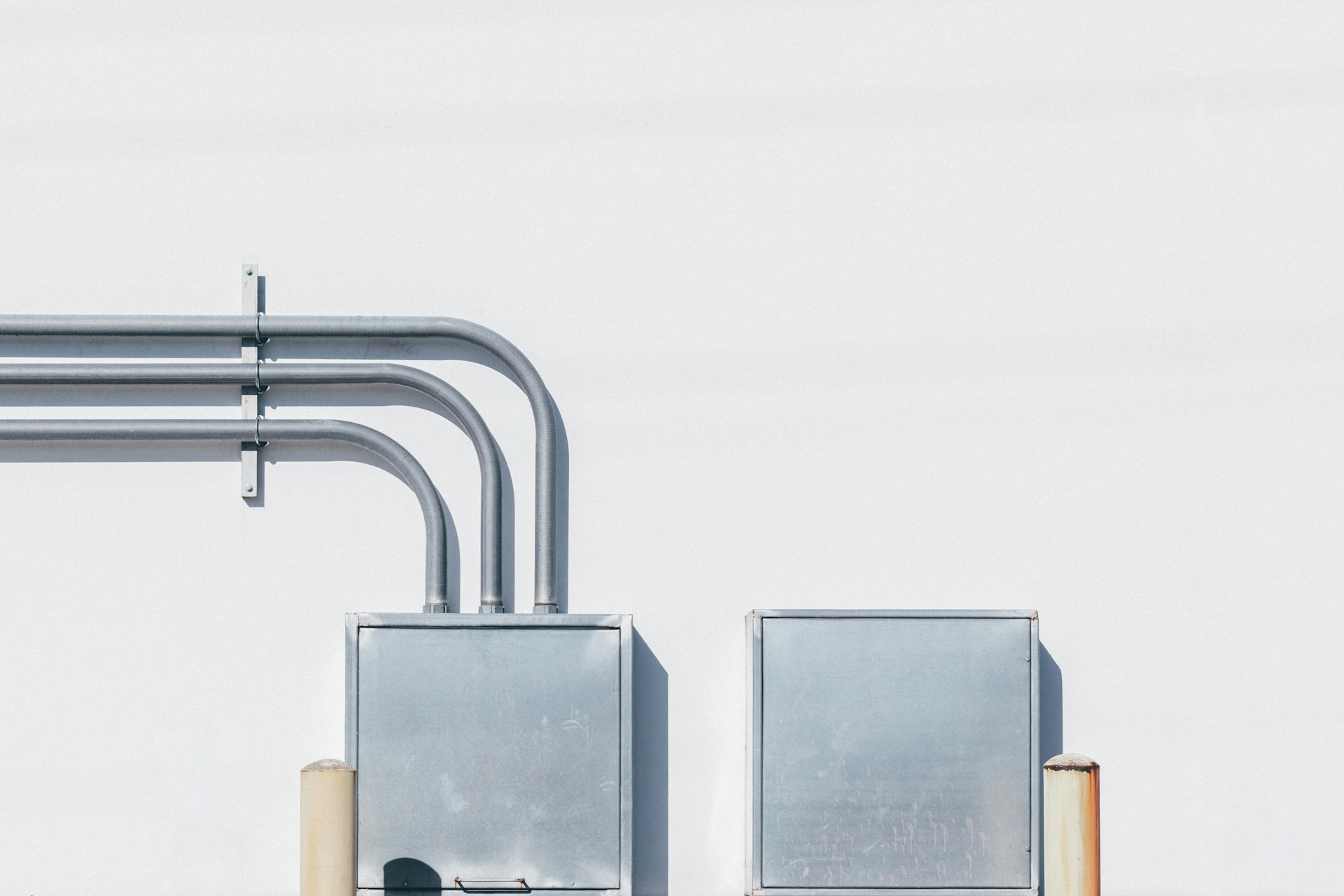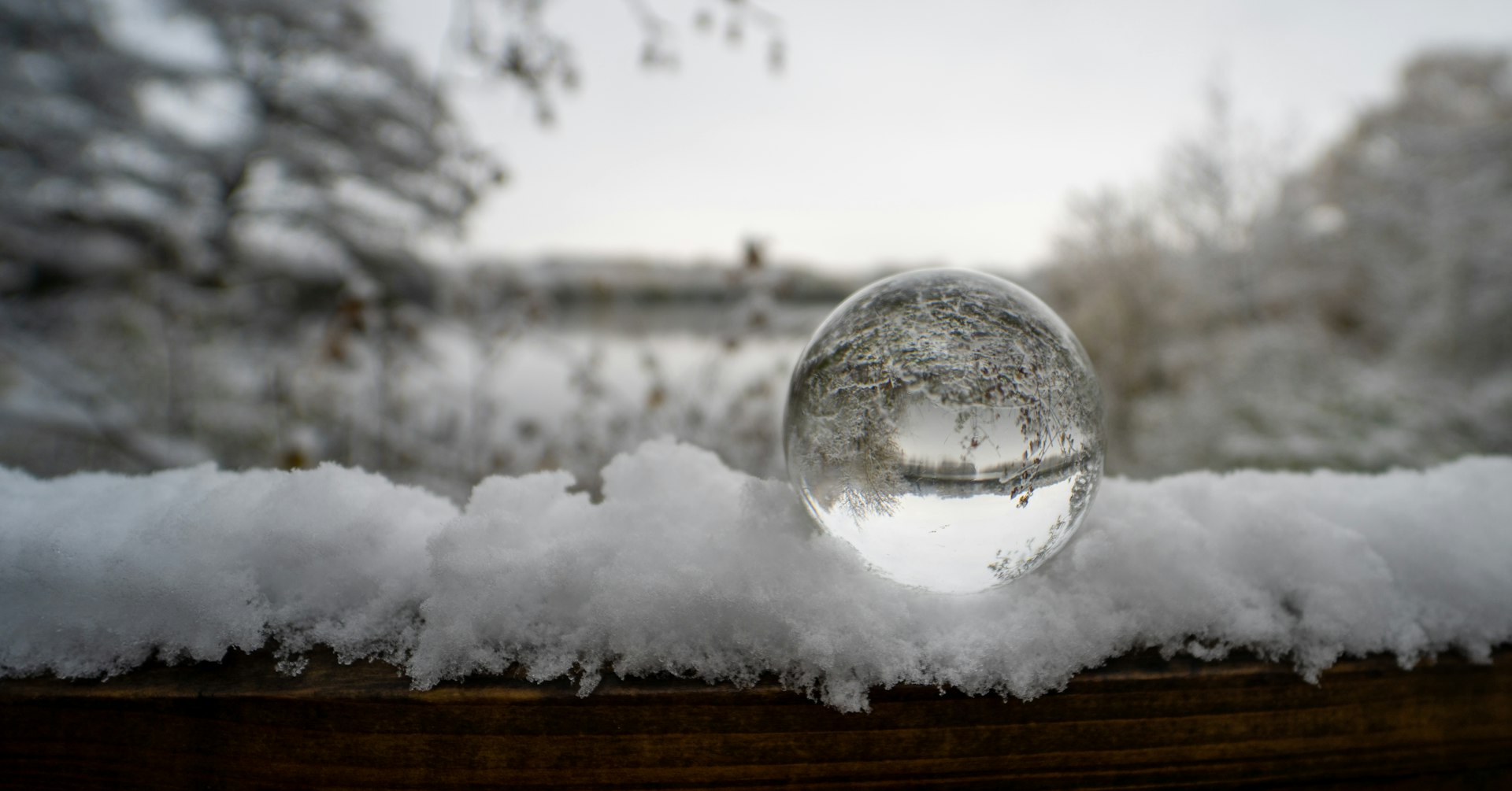DIY Overnight Solutions: Reduce Pimples Fast with Proven Home Remedies

Photo by Leighann Blackwood on Unsplash
Introduction
Dealing with a sudden pimple-especially before an important event-can be frustrating and stressful. While it is important to understand that most pimples cannot fully disappear overnight, several DIY strategies can significantly reduce their size, redness, and discomfort by morning. This article provides a comprehensive guide to actionable, science-backed methods for minimizing pimples quickly at home. We cover essential steps, natural remedies, expert recommendations, common challenges, and alternative approaches for effective overnight pimple care.

Photo by Mehrnegar Dolatmand on Unsplash
Understanding Pimples and Why They Occur
Pimples are inflamed bumps on the skin caused by clogged pores, excess oil, bacteria, and hormonal changes. More severe forms, such as cystic pimples, develop deeper under the skin and can be painful and persistent. The treatment approach depends on the type, severity, and underlying causes of the breakout. Managing inflammation and promoting healing are the main goals of overnight remedies. [1] [3]
Step-by-Step Guide: DIY Overnight Pimple Reduction
1. Cleanse Gently
Start by gently washing your face with a mild, non-comedogenic cleanser. This removes surface oil, dirt, and makeup, preparing your skin for treatment. Avoid harsh scrubbing, which can irritate the skin and worsen inflammation. [3]
2. Apply Ice to Reduce Swelling
Wrap a few ice cubes in a clean cloth and gently press them against the affected area for 3-5 minutes. The cold constricts blood vessels, helping to decrease swelling and redness. You can repeat this process a few times during the evening, ensuring you do not freeze or damage the skin. [1] [2]
3. Use Targeted Spot Treatments
Several over-the-counter and natural ingredients can be applied directly to pimples as spot treatments. Here’s what research and experts recommend:
- Benzoyl Peroxide : Available in 2.5%-5% concentrations, this ingredient kills bacteria and reduces inflammation. Apply a thin layer to the pimple before bed. Be cautious with higher concentrations, which may cause excessive dryness. [1] [3]
- Salicylic Acid : This beta hydroxy acid helps exfoliate the skin and unclog pores. Use as directed, targeting only the affected spot.
- Hydrocortisone Cream : A 1% cream can calm inflammation; use sparingly and avoid long-term use without medical guidance. [2]
4. Natural Home Remedies
For those preferring a DIY approach, several natural substances may help:
- Tea Tree Oil : Known for its antibacterial and anti-inflammatory properties, tea tree oil can be diluted (1-2 drops in 10-12 drops of water) and applied as a spot treatment. Avoid carrier oils if your skin is acne-prone. Always patch test and consult with your dermatologist before using essential oils. [2]
- Aloe Vera Gel : Pure aloe vera can soothe irritated skin and promote healing. Apply a thin layer to the pimple and leave overnight. [1]
- Raw Honey : With natural antibacterial properties, honey can be dabbed onto the pimple and covered with a small bandage overnight. This may help reduce redness and inflammation. [1]
- Green Tea : Mix moistened green tea leaves with aloe vera gel and apply to acne-prone areas for 10-20 minutes, then rinse. This blend can reduce mild inflammation. [2]
5. Hydrocolloid Patches
Hydrocolloid dressings or acne patches are available at most drugstores. These patches absorb fluid from pimples, help protect against external irritants, and can accelerate healing for certain types of breakouts. Apply one patch to clean, dry skin and leave it on overnight. [3]
Alternative Approaches
If DIY remedies do not provide sufficient relief, consider these alternatives:
- Prescription Treatments : For persistent or severe acne, prescription medications such as topical or oral antibiotics, retinoids, or hormonal therapies may be necessary. Consult a board-certified dermatologist for an accurate diagnosis and treatment plan. [2]
- Professional Procedures : In-office treatments like light therapy, cryotherapy, or drainage and extraction may be offered by dermatologists for severe cases.
It’s important to avoid picking, squeezing, or excessively manipulating pimples, as this can increase the risk of scarring and prolong healing time. [3]
Challenges and Solutions
Challenge: Not all skin types react the same way to home remedies, and some may experience irritation or allergic reactions. Solution: Always perform a patch test when trying a new ingredient, and discontinue use if irritation occurs. Consult your dermatologist for persistent or worsening acne.
Challenge: Overnight results may be limited for deep or cystic pimples. Solution: Focus on reducing inflammation and making the blemish less noticeable, rather than expecting complete resolution. Consistent, gentle care is key to long-term improvement.
Summary of Key Takeaways
While overnight DIY remedies can visibly reduce the size and redness of pimples, complete removal is uncommon. Focus on gentle cleansing, targeted spot treatments, and natural anti-inflammatory agents to manage your breakout. If symptoms persist or worsen, seek professional advice from a dermatologist. Remember, healthy skincare habits and patience are essential for lasting results.



